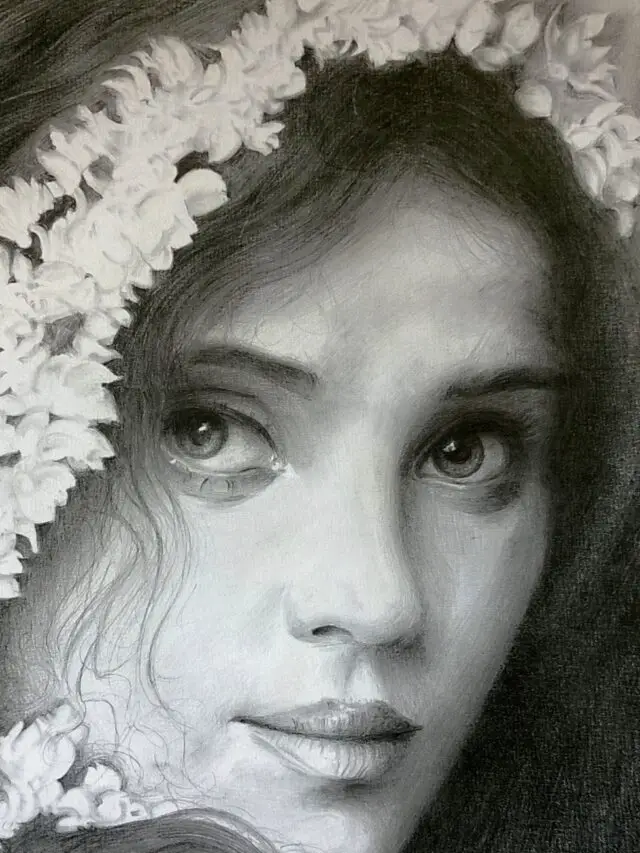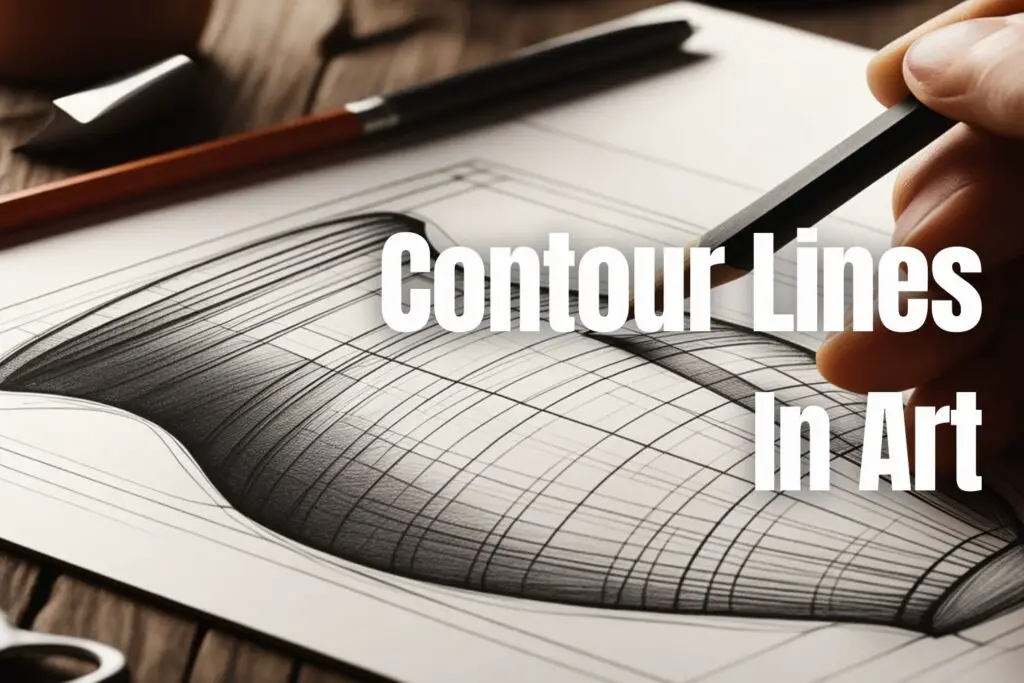Contour Lines In Art, Purpose, Variations, Techniques & Application
Lines are one of the basic elements of art, especially in drawing and sketching. They act as the foundation for drawing form, depth, edge, and dimension in a two-dimensional artwork. These simple elements are key to both beginners and professional artists, and understanding and mastering them is important for sharpening your artistic skills. In this […]
Contour Lines In Art, Purpose, Variations, Techniques & Application Read More »




